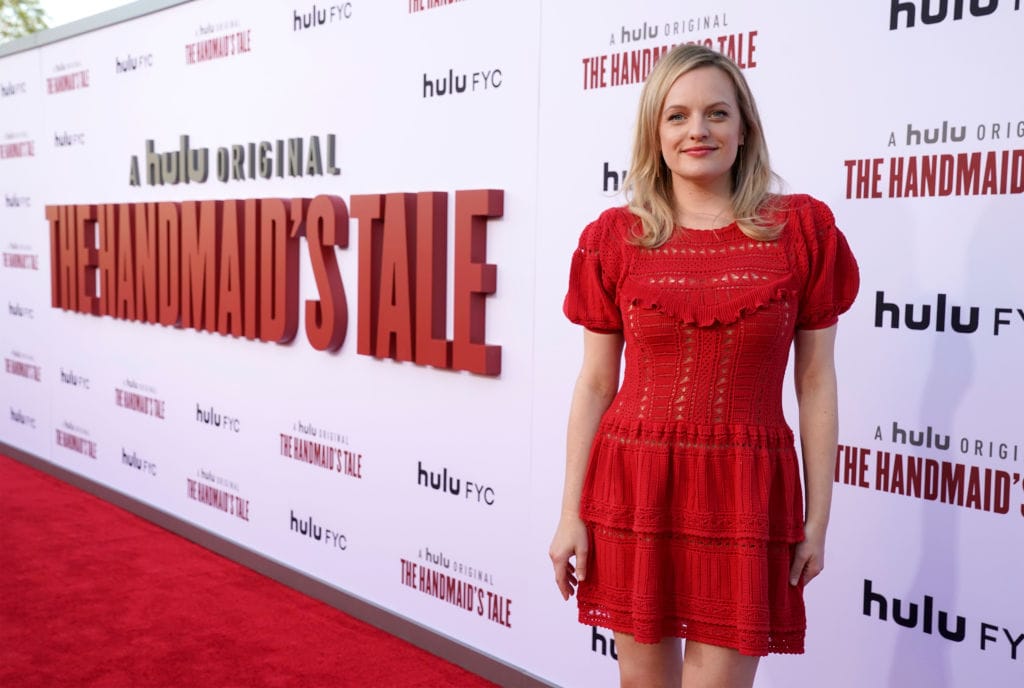
Original content reigns supreme, as television streaming platforms spend big on new shows with their own name on it. Still, it doesn’t guarantee customers will hang around for longer than six months.

When Squid Game arrived in September 2017, it was a global phenomenon. Within four weeks of release, over 1.65 billion viewing hours had been devoted to it, despite having a budget of just $21 million dollars. It was Netflix’s most watched show, made all the more remarkable by how little was known about it prior to release. In the uber competitive modern world of streaming platforms, it is an anomaly. A cheap and unlikely superstar that did wonders for Netflix.
And yet it still had the same 15 minutes of fame that most streaming shows now have. New data, provided to the Wall Street Journal by Antenna, highlights how relatively impermanent television streaming success can be. The number of subscribers fluctuates massively depending on new, big-budget offerings, while the popularity of even these most successful shows is increasingly short-lived.
Heightened spending and competition across the major five North American streaming platforms – Netflix, Prime Video, HBO Max, Hulu, and Disney+ – is expected to have contributed to the rising fickleness of customers. Antenna’s data points to people managing their subscriptions around original content, as opposed to acquired content, and coming and going to coincide with big releases.
The platforms clearly realise this. It is now evident in the breakdowns of their annual spends. While, since 2017, they have doubled their annual outgoings on content across the board, it is on original content that the jump is the steepest.

Netflix, the biggest spenders – who planned to spend $17bn in 2021 after spending just over $6.5bn four years earlier – multiplied their original content budget sevenfold. Prime Video, the second biggest spenders, have increased their original content budget tenfold. Customers sign up to access original content and the platforms are following.
Still, popular, big-budget original content does not mean your subscribers will hang around. Half of those who signed up within 72 hours of the releases of Disney+’s Hamilton, HBO Max’s Wonder Woman (1984), and Apple TV’s Greyhound were gone within six months. Comcast’s streaming site Peacock, who broadcasted last year’s Olympics, lost over 50% of recent sign-ups within four months of Tokyo 2020’s closing ceremony. Netflix and Hulu fared slightly better, as those who joined Netflix after the releases of Big Mouth and Mank, and Hulu after The Handmaid’s Tale, left at a slower rate.
On the one hand, this sounds worrying for the streaming sites, in that they do not have the customer loyalty you would imagine necessary. But the trend still suits them. Though volatile, all five of the big streaming sites saw an increase in subscribers over the last four quarters.
So long as they keep churning out quality content with their own name on it, people will sign up – even if some leave again afterwards.



